There are SO many wonderful things to see and do around Custer, South Dakota!
We all had a picnic lunch in the pleasant little town of Hot Springs, then went on to The Mammoth Site. This site, accidentally found in preparation for the construction of a housing development, has the largest concentration of mammoth remains known in the world. Better yet, it is entirely enclosed in a huge building to preserve the site and facilitate additional paleontological research.



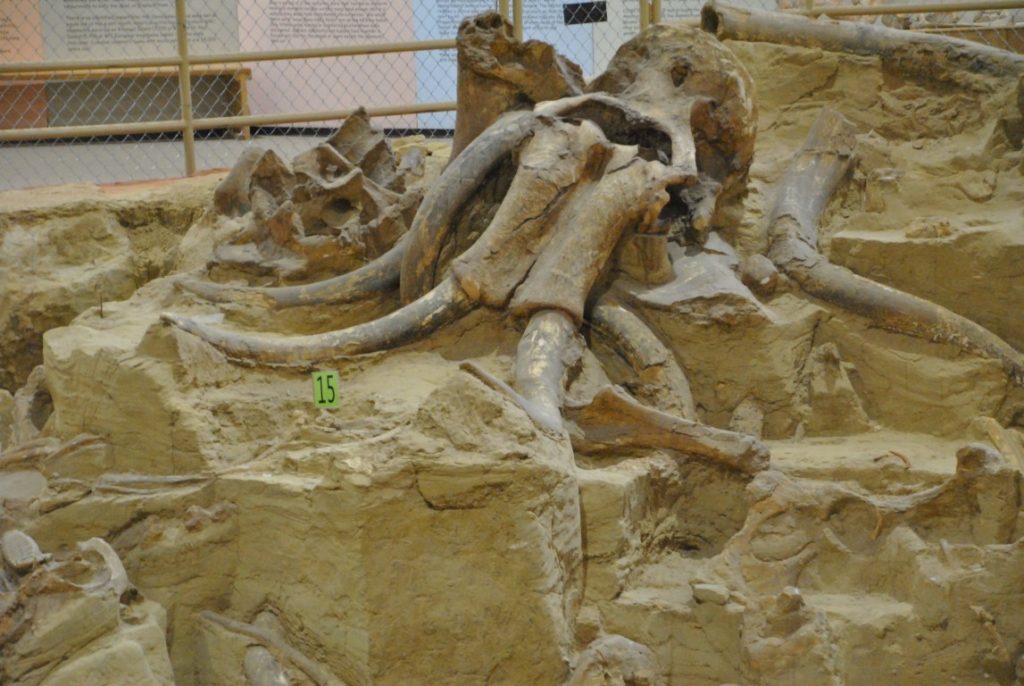

We also visited the Wind Cave National Park — which is really like two parks in one! Above ground is a huge preserve for wildlife. It is the largest remaining natural mixed-grass prairie in the United States:




As atmospheric pressure rises and falls in the outside world, air is either pushed into the cave or expelled through the small external opening of the cave — the source of the “wind” in Wind Cave. The Lakota considered this place to be very sacred and the source from which the Lakota people first emerged from within the earth.

While the cave is not as dazzlingly photogenic as Carlsbad Caverns or Mammoth Cave with their white and colored stalactites and stalagmites, this is one of the few places in the world with formations known as boxwork. It is also a three-dimentional maze with multiple layers criss-crossing one another, with layers passing below one another again and again.


With apologies to our friend Jared who is a Seasonal Ranger at Mount Rushmore, the Crazy Horse Memorial is another amazing place to visit. The sculpture has a very long ways to go to fulfill the vision of sculptor Korczak Ziolkowski and Lakota Chief Henry Standing Bear, but the completed portion and the scope of the vision, if ever completed, are amazing.

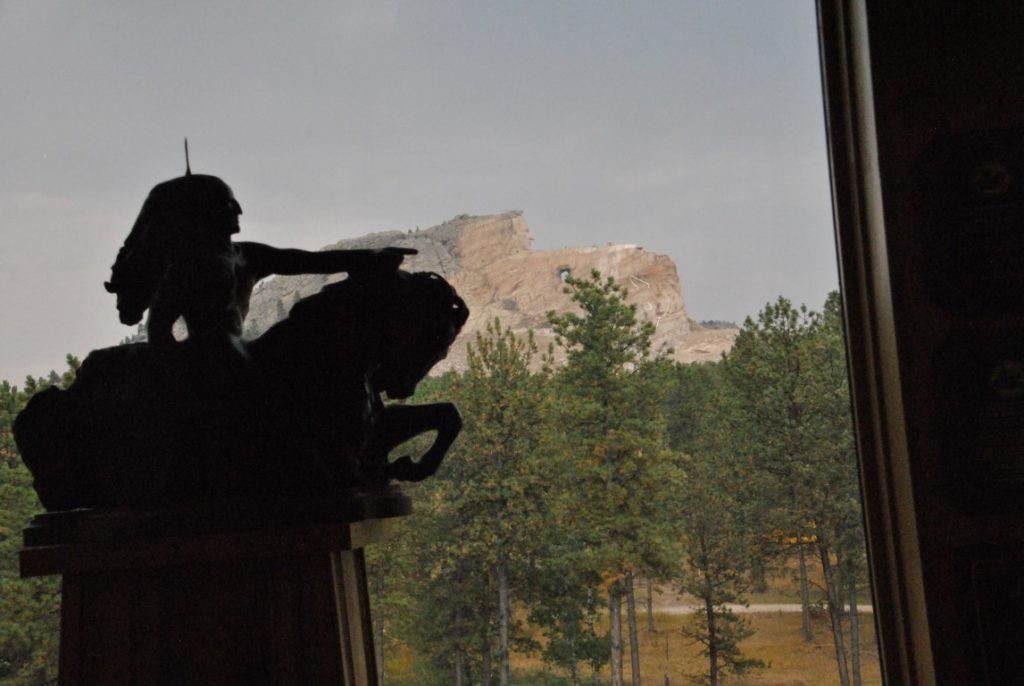


Chief Crazy Horse was highly celebrated for his fierceness in battle and his dedication to maintaining Lakota traditions, values, and way of life. He was a leader, with Sitting Bull, at the Battle of Little Bighorn. He died in custody of the U.S. military, bayoneted in the back by a soldier.
The museum has an amazing collection of Native American artifacts. It also tells the story of the dedication of the sculptor and his family to this project.




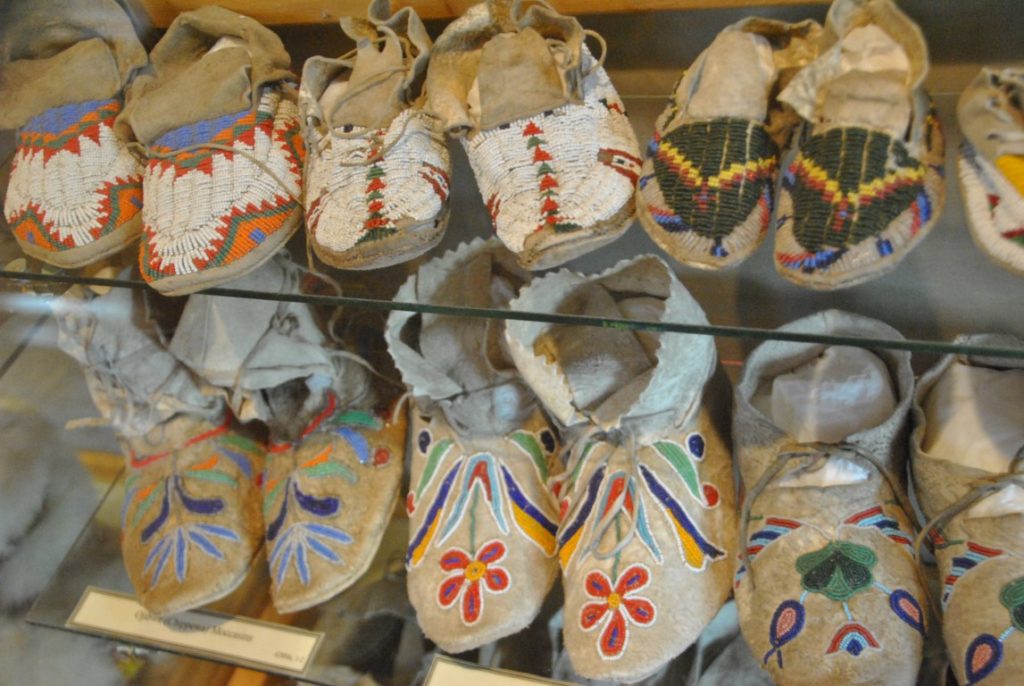
Porcupine Quill decorations:
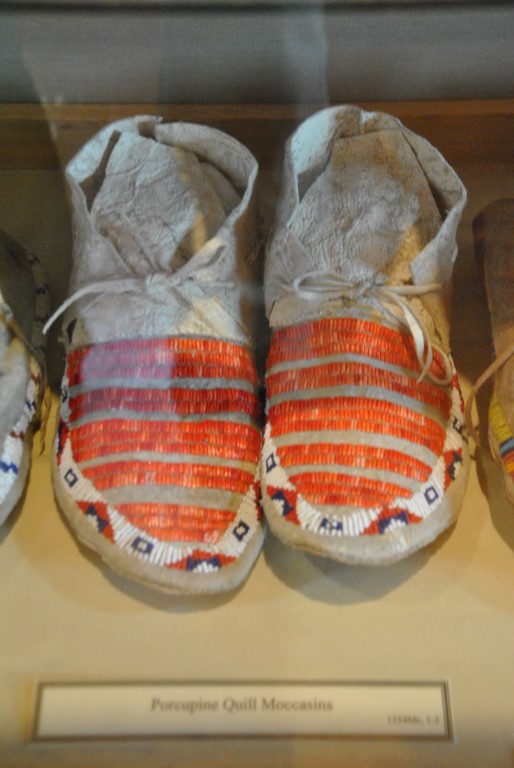
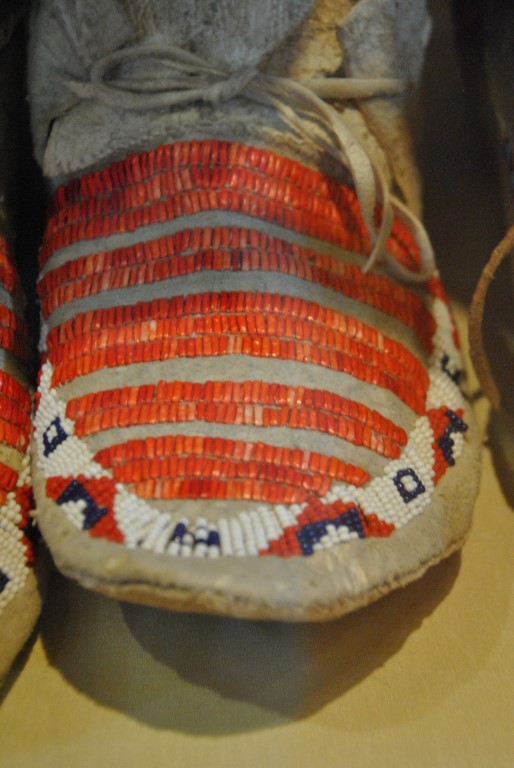


While at the museum, a presentation of traditional dance was performed by a Lakota couple. The audience was encouraged to join in a circle dance — and I was selected to represent one of the four winds.







The bison figures in Custer, and the decor at the Custer State Park Game Lodge were great fun. (And the buffet at the Game Lodge was excellent!)
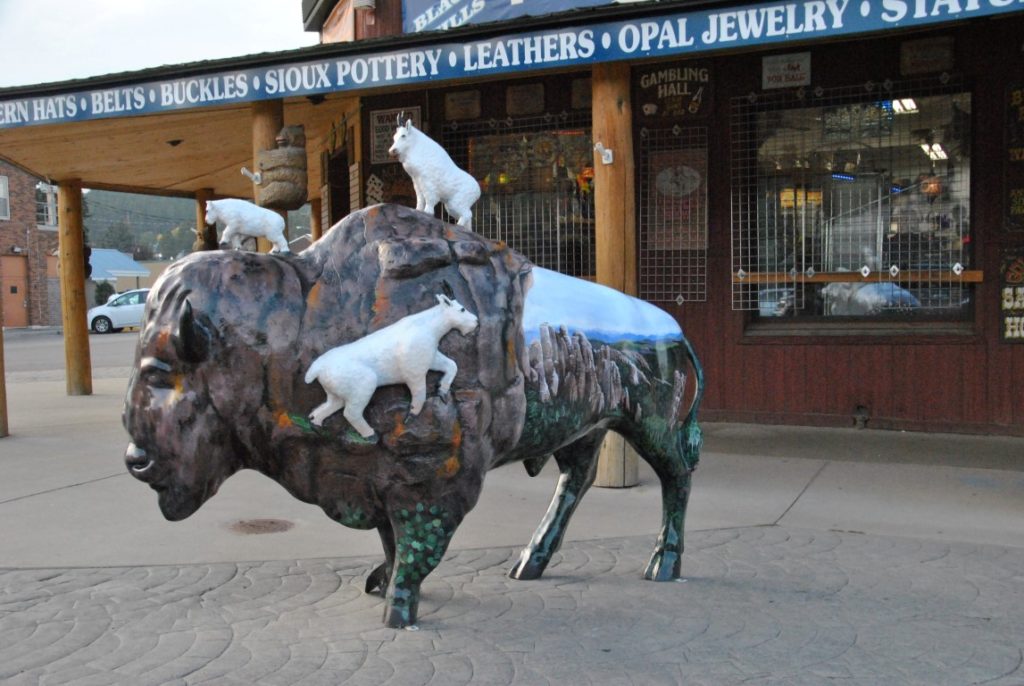


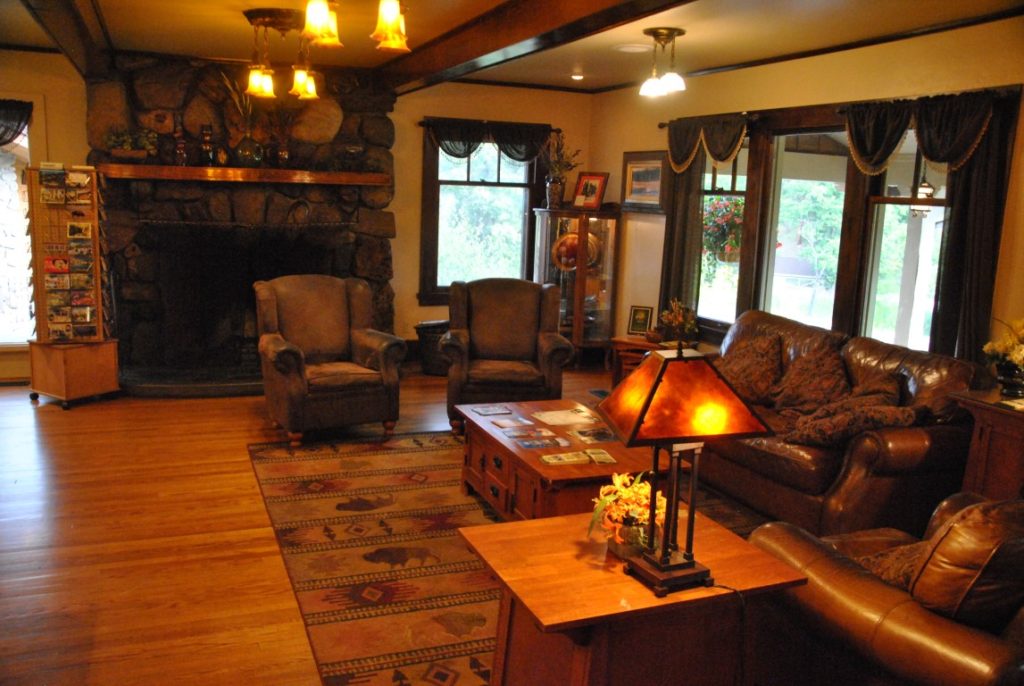

Also in the area is the Jewel Cave National Monument. We had originally decided to skip this site — and it’s Scenic Tour which includes 723 stairs. But we found ourselves driving past the entrance, so we stopped and discovered that they have a “Discovery Tour” that is only a half-hour and only a few steps. It was a lovely introduction to this cave. Like its neighbor, Wind Cave, this is a warren of passages criss-crossing above and below one another to form one of the longest cave complexes in the world. Also, like its neighbor, it is not highly photogenic!
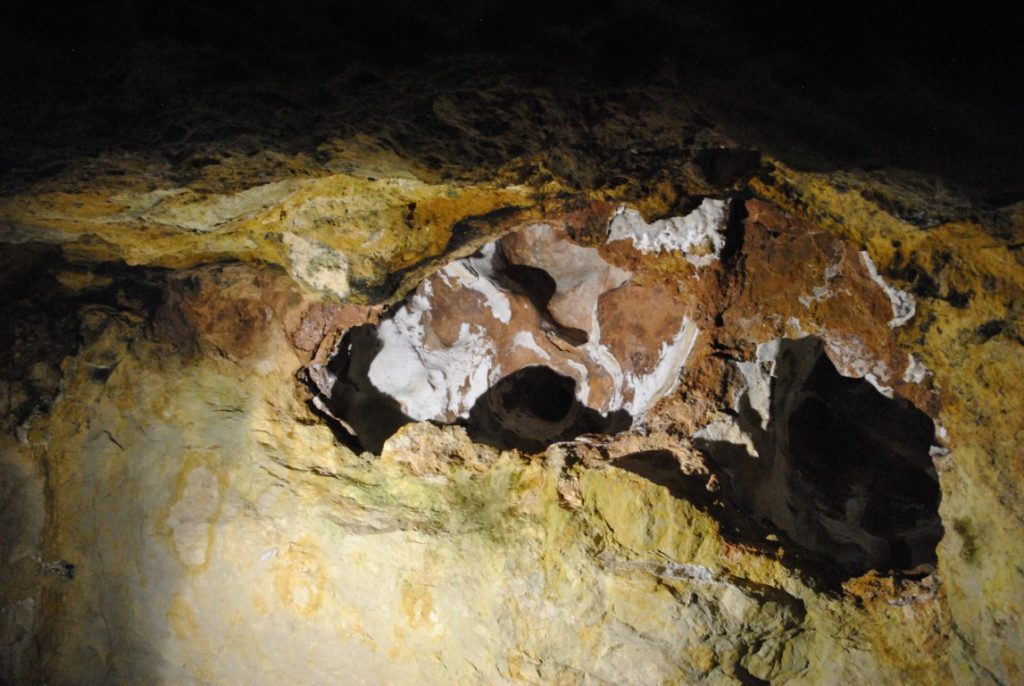

With a “tip of the hat” to our friend Jared, we went to Keystone to visit the Borglum Museum. While the physical structure of the museum is primarily painted plywood, the displays are fantastic! The sculptor of Mount Rushmore, Gutzon Borglum, was a well established artist and sculptor before he undertook the massive Mount Rushmore project. He made many different preliminary models before he settled on the four presidents. Jefferson was originally sculpted on the left, but problems with the rock required that this portion of the sculpture be removed, and a new configuration established. The original plan was to show each president to the waist, but financial limitations eliminated that portion of the work. His innovative approach to sculpting the pupil of the eye brings life to the finished sculpture.
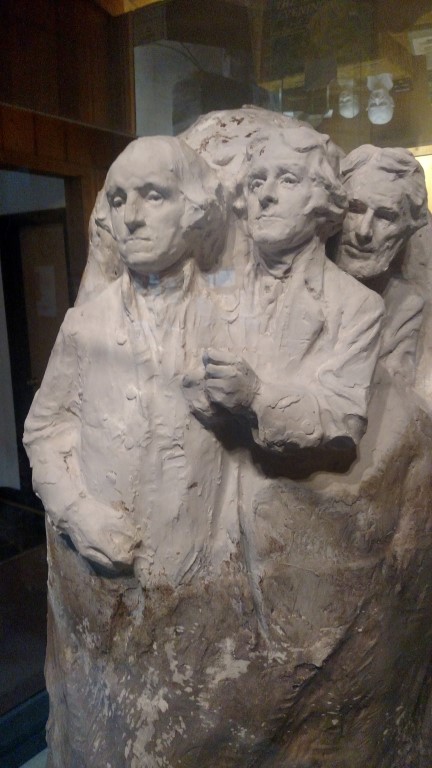





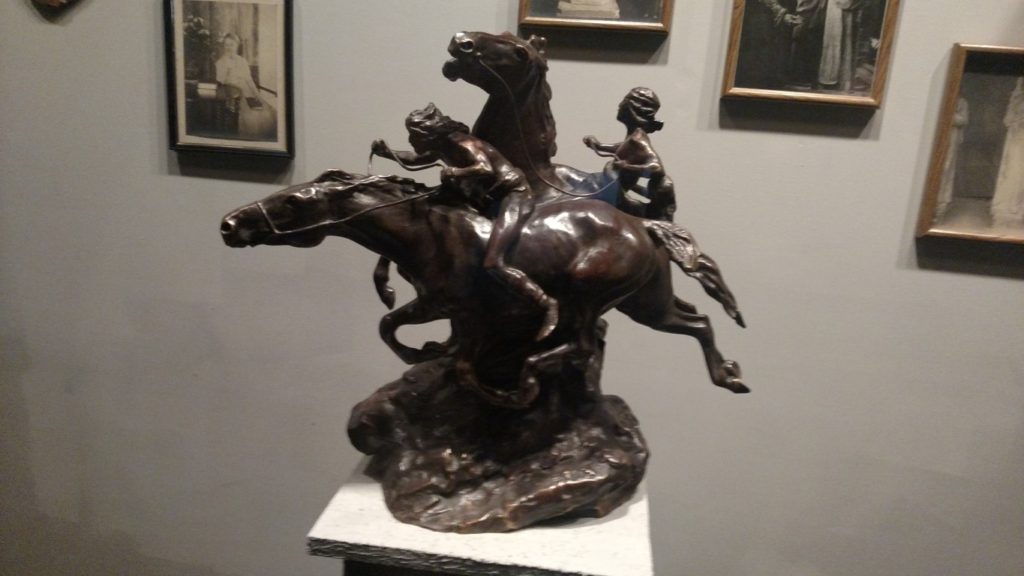
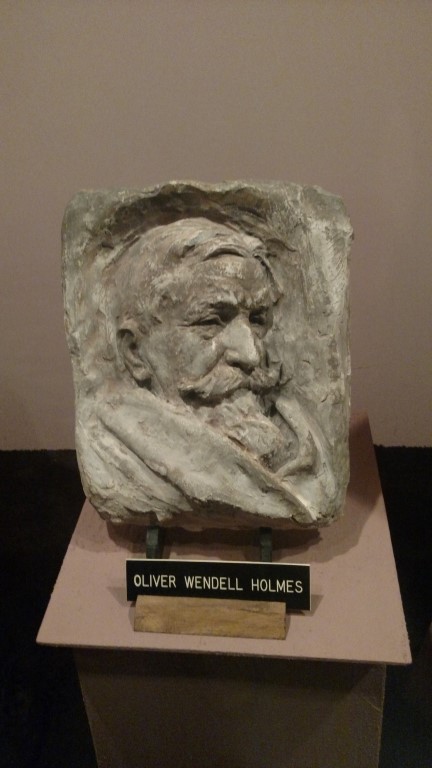

Next Post – Devils Tower – Little Bighorn
Previous Post – Around Mt Rushmore